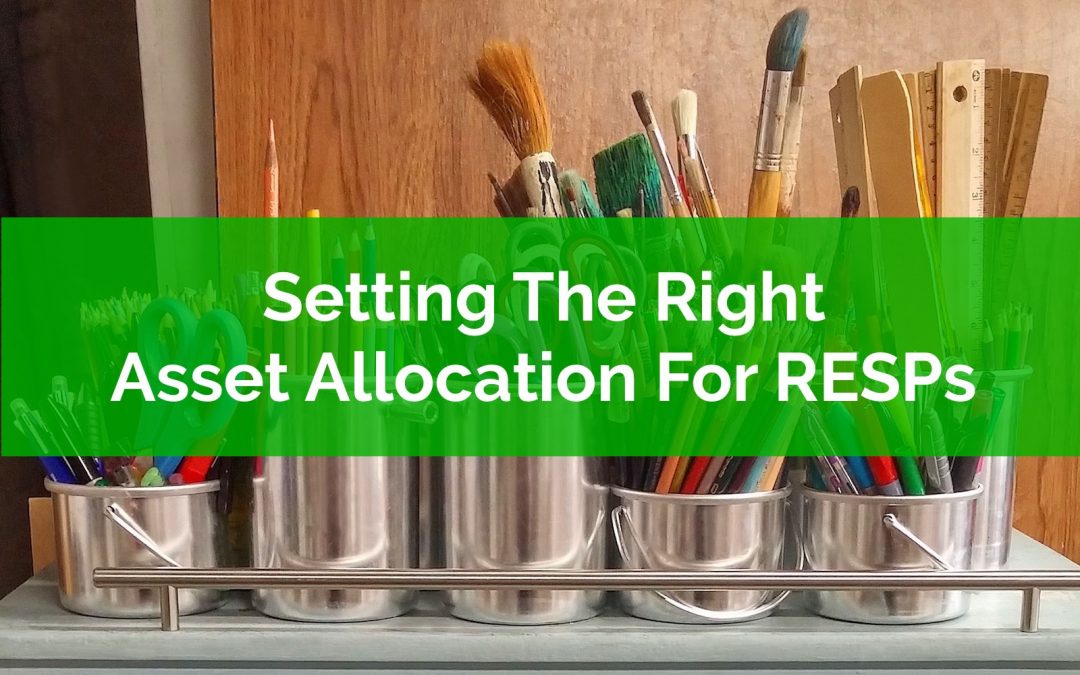
by Owen | Mar 28, 2021 | Investment Planning, RESP/Kids Education
One of the hardest things about RESPs is choosing the right investment and managing the allocation between stocks and bonds. There are so many RESP investment options and it becomes especially challenging when families have more than one child. When families have a few children, who are perhaps a few years apart in age, it becomes very challenging to set the right asset allocation for the investments inside the family RESP.
Why is it important to set the right asset allocation?
Asset allocation is a large driver of risk. The more equity assets in a portfolio, and the less fixed income assets, the more risk. There is always risk when investing, whether that be in stocks or bonds, but stocks have always had a “risk premium”. That means they have a higher risk but also a higher return.
When managing asset allocation in an RESP we need to be very careful because were typically investing over a few different time horizons.
A 16-year old high school student is going to have a very different asset allocation in their RESP than a 4-year old pre-schooler. We want to make sure the 16-year old has money for post-secondary in two years and isn’t going to lose half of their education fund during a downturn. On the other hand, our pre-schooler has loads of time, so we can take on a bit more risk and hopefully grow their education savings over the next 14+ years.
It’s these different investment horizons that make investing inside an RESP especially challenging (even more so for self-directed RESPs where the individual investor is making all the decisions).
Typical investment horizons for RESPs include…
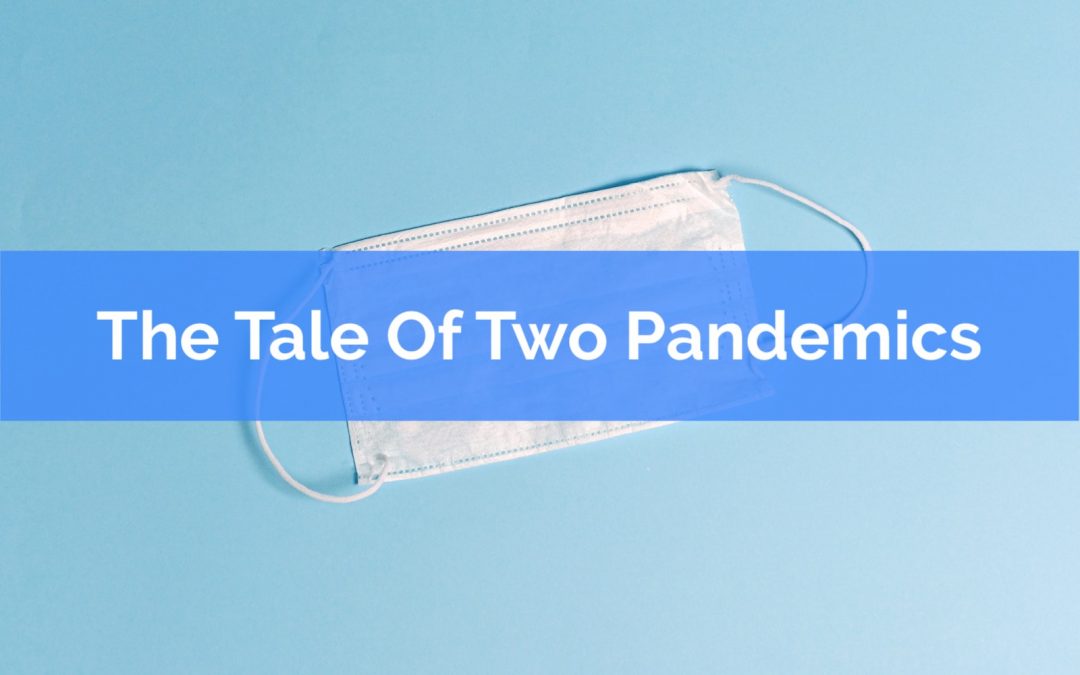
by Owen | Mar 15, 2021 | Buying A Home, Financial Planning, Government Programs, Investment Planning, Saving Money
The global pandemic has impacted all of us differently, our personal finances have gone through many changes and some have “weathered the storm” better than others.
FP Canada, the board that governs the Certified Financial Planner (CFP) designation in Canada, recently came out with a survey called “The Tale Of Two Pandemics” and it highlights both the positive and the negative impact that the pandemic has had on our personal finances (more details on the survey results at the end of this post).
There are some troubling stats within the survey, for example 14% of those in Ontario have been forced out of the labor market, 21% have seen an increase in expenses, and 14% have seen a reduction in work hours/income.
But the survey also highlights the opposite side of the pandemic, many people have not experienced a job loss, or a reduction in income, or an increase in expenses over the course of the pandemic.
In fact, looking at the statistics, it looks like there is a large group of people that have not been affected by the pandemic at all, and another group of people who have actually benefited financially from the pandemic.
This is consistent with the conversations we’re having with clients.
For those who have been fortunate enough to remain gainfully employed, for those who own a home or recently purchased a home, for those with a mortgage or other debt like student loans or HELOCs, and for those who are investing on a regular basis, the pandemic has actually improved their personal finances in a number of ways.
The pandemic has impacted us all differently, but for many people there have been one, two, three or more positive changes that may have actually improved their personal finances. As it turns out, this is especially true for those who had a financial plan already in place.
Here are some ways that a person’s personal finances may have improved during the pandemic…
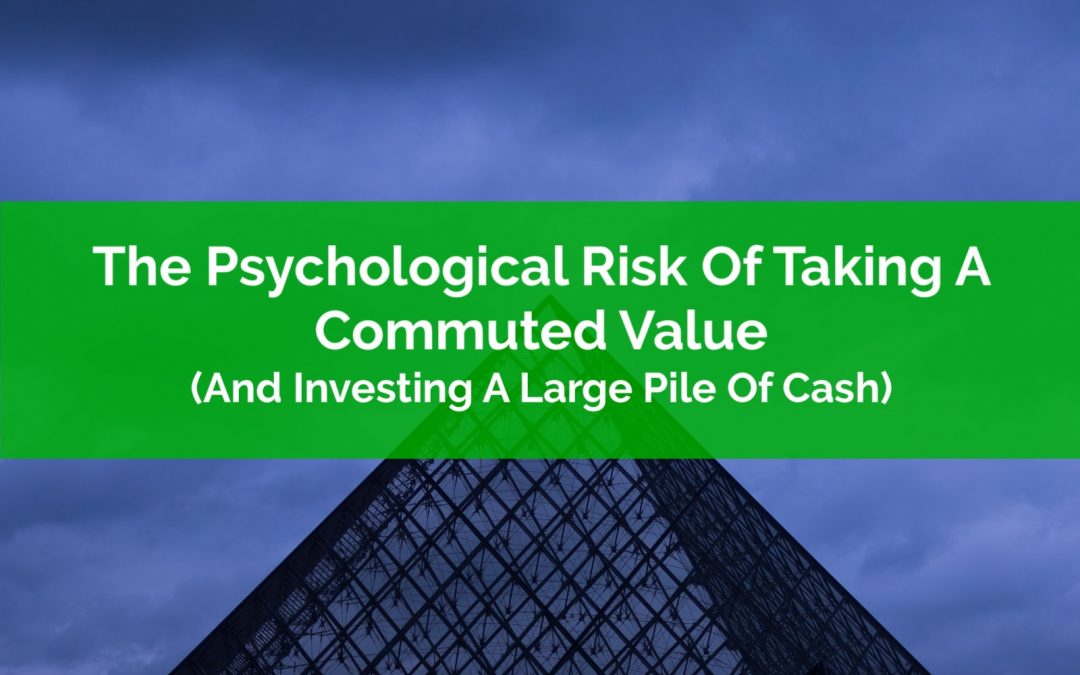
by Owen | Mar 8, 2021 | Behavioral Finance, Investment Planning, Retirement Planning
When leaving an employer, or when transitioning into retirement, those with a defined benefit pension will have a difficult decision to make… take a lifetime pension? Or take a commuted value?
A commuted value is essentially the current value of those lifetime pension payments in one large lump sum. The commuted value is an amount that is determined to be equal to the lifetime of payments that a pension would provide. It’s calculated by the pension actuaries and can easily be several $100,000 or even $1,000,000+
With interest rates at historical lows, the commuted value of a pension can easily be $1,000,000+ for those at retirement age. Low interest rates will push up the size of a commuted value, which is partially driven by an assumed rate of return, and right now interest rates are at historical lows.
This creates a very large psychological problem; how do you invest all that cash?
In particular, when do you invest it? Do you invest it all at once as a large lump sum? Or do you invest it in smaller increments over a period of time?
If invested all at once, that commuted value could drop dramatically if markets experience a correction in the near future.
If invested later, that commuted value could miss out on a large increase in value during a period of growth.
The indecision around how to invest a large amount of cash can cost tens of thousands of missed investment gains, or it can cost hours of lost sleep and feelings of stress. It’s not something to be taken lightly.
Investing a large lump sum is a daunting experience even for the most seasoned investor.

by Owen | Mar 1, 2021 | Investment Planning, Tax Planning
At this time of year, the interest in deferring tax is high. It’s easy to see the appeal of deferring tax, but is all tax deferral an advantage? Does paying tax now or paying tax later really matter? As we’ll see below, no, in some cases tax deferral is not an advantage.
Tax deferral can seem like a large advantage. If you can avoid paying $10,000 in tax today, and defer that tax to later, sometimes 10, 20, 30+ years later, then that money can continue to grow and earn income. This would seem like a large advantage would it?
For the average Canadian there are two main ways to defer tax…
1. Use an RRSP
2. Earn capital gains
In this blog post we’ll explore the first type of tax deferral, using an RRSP, and we’ll see that the tax deferral itself doesn’t necessarily provide an advantage.
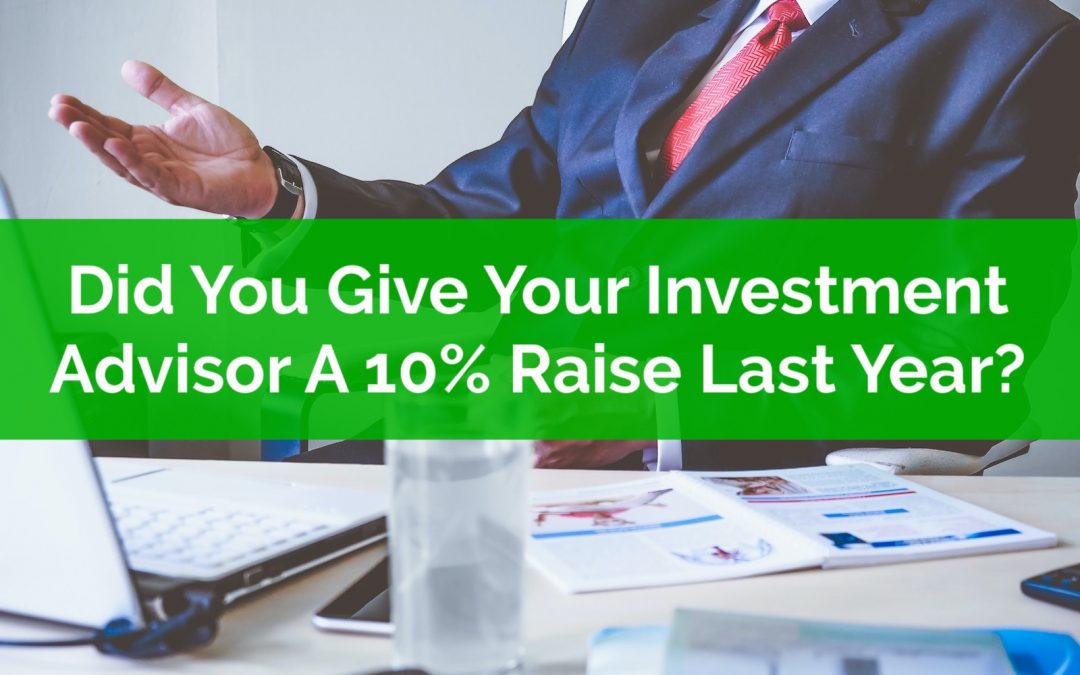
by Owen | Feb 15, 2021 | Investment Planning, Saving Money
Did you give your investment advisor a 10% raise last year? How generous of you!
With many investment advisors and portfolio managers compensated based on assets under management (AUM), an increase in portfolio value translates directly into an increase in compensation.
Despite the tumultuous year, investment returns pulled off an incredible recovery and ended the year much higher. Bonds, Canadian equities, US equities, Global equities, all higher than the year before. If you were holding VGRO or XGRO (two all-in-one ETFs with an 80/20 allocation) your portfolio would have grown 10.89% or 11.42% respectively.
With investment returns of 10%+ year over year that also means investment advisors are being paid more in 2021 than in 2020. How much more? Well, if their investment returns matched the market then their fees would also increase 10%+ in 2021.
Although there are many forms of compensation, many investment advisors and portfolio managers make a percentage of the portfolios that they manage. This could be 1.5% to 2.5%+ for smaller portfolios, 1.0% to 1.5% for portfolios of $1M to $2.5M, and under 1% for large portfolios of $2.5M+.
If portfolio values are 10% higher year over year, then these investment advisors and portfolio managers just received a 10% raise!
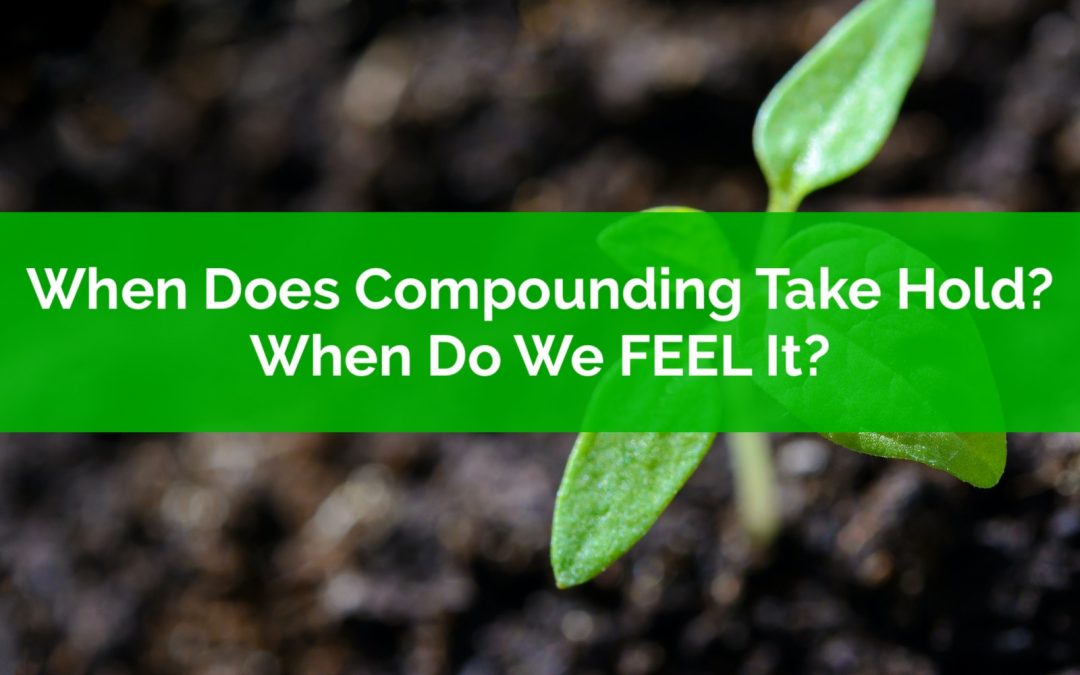
by Owen | Jan 18, 2021 | Behavioral Finance, Financial Planning, Investment Planning, Saving Money
Technically compounding begins with the first dollar, but when does compounding exactly take hold, when do we really start to FEEL the effect of compounding?
Compounding is almost like magic. It turns even the smallest amount of money into millions if given enough time.
Ben Franklin bequeathed $2,000 to the cities of Boston and Philadelphia in his will BUT with the stipulation that they could not draw on the investments for 200-years. The original amount has compounded over 200-years from $2,000 to $6.5 million!
But do you have to wait for 200-years to feel the effect of compounding? Definitely not.
The effect of compounding can be SEEN almost immediately but to really FEEL the effect of compounding takes at least a few years, plus, as well see below, it also depends on the rate of investment return.
Page 8 of 15«...678910...»






